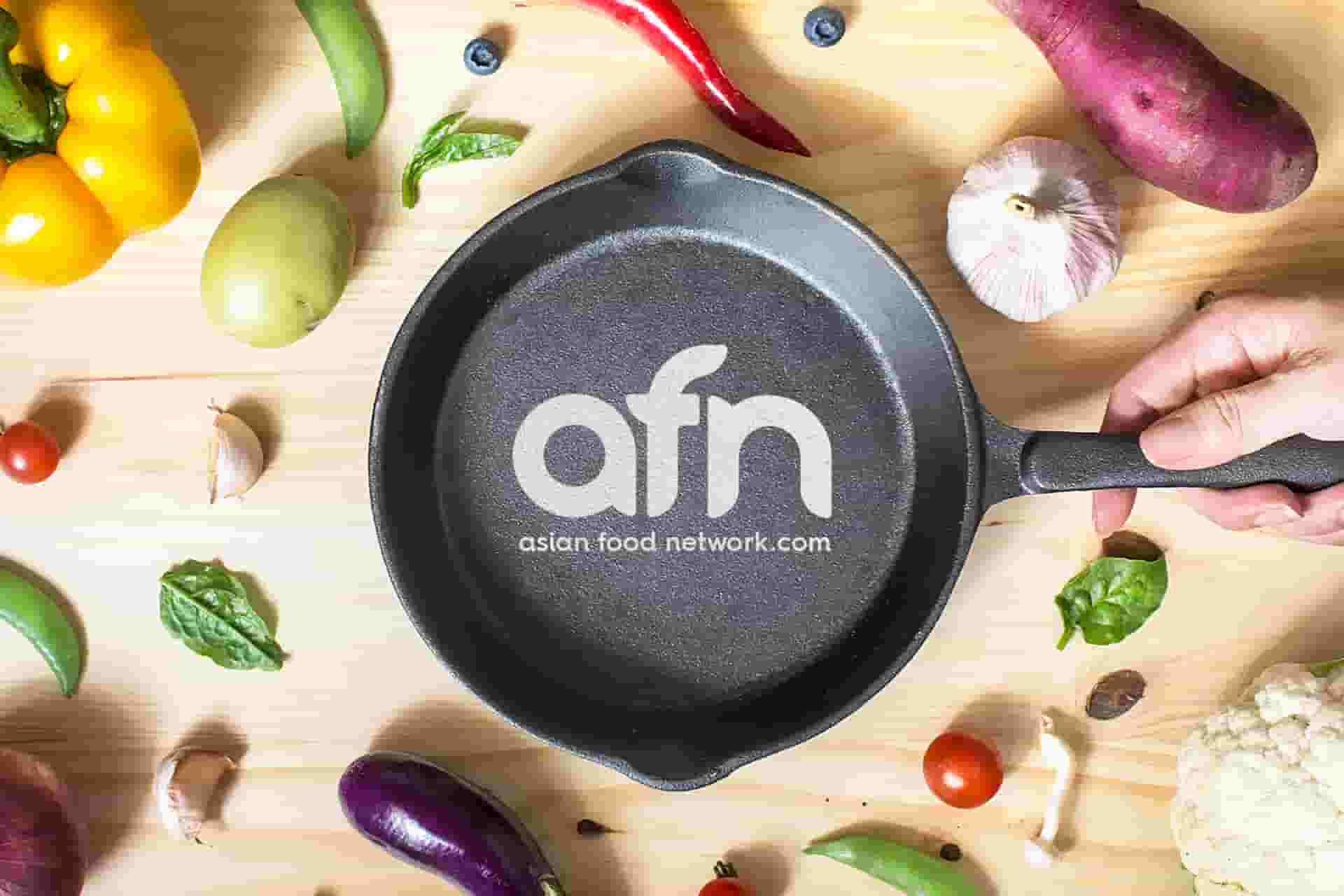“Don’t forget to blanch the meat before cooking it.” “Don’t even think about using a blender. You have to do it by hand.”
Sound familiar?
Anyone who’s learnt to cook alongside their mother or grandmother knows that cooking traditional food comes with all these RULES. And if you break the rules? You’re told the food won’t be as good, that you’re doing something wrong. When I was a kid, experimenting in the kitchen, my grandmother would often stand next to me, barking orders about how to wash certain vegetables, or how to make the best soup. But there was always that lingering “what if?” in my head. What if I broke the rules of cooking?
Like most Asians, I love traditional Asian food. But I am not a traditionalist. Yes, recipes and methods with history and heritage should be preserved and celebrated, but I believe that in the kitchen, there’s always room for innovation. And maybe even the chance to improve things in the process. I wanted to challenge the traditions that are baked into our cooking habits, and see if there could be a different, better way to do things. So I put the rules to the test.

Toasted and untoasted belacan is put to Sarah's taste test. Photo: From Sarah's Asian Myths
For example, do I really need to toast belacan - fermented shrimp paste - before making sambal chilli
My favourite little project involved testing pasta’s potential to become bouncy ramen noodles. I love cooking up noodle dishes at home, but ramen – real ramen – is difficult to make in a household setting. I had heard that you could recreate the toothsome texture of authentic ramen by boiling Angel Hair pasta in a baking soda solution, to increase the alkaline content, just like in real ramen.
I was doubtful to begin with. After all, ramen masters train for years to perfect the noodle-making process. Could I really get a good enough result just with 2 pantry ingredients: pasta and baking soda? The test was a resounding success, and I’m happy to report that the resulting noodles were silky, bouncy and the perfect accompaniment to a flavourful ramen broth. This is a trick I’m going to keep in my back pocket and bust out often, along with some other amazing hacks I discovered in the process. But to see exactly how I did it, you’ll have to watch my experiment. And I hope you’ll catch all the other tests on video!
With my mixed cultural background, I always grew up with a sort of dual view of the world. I don’t believe that things have to be done a certain way just because one culture dictates it, and that applies in the kitchen. Sometimes, when you mix things up, you arrive at a result that’s even greater than the sum of its parts. I have my parents to thank for that mindset. Both of them are academics, and to them, nothing is beyond examination or study.
That also means that they get pretty experimental in the kitchen themselves. Whether it’s using European wine in Chinese cooking, or making Chinese-style omelette with a French technique, the food they create is often a reflection of our culturally blended family. That’s part of the reason I shy away from ‘authenticity’ in the kitchen. It’s always seemed more fun to me to put a dish together with your own ideas, mirroring your own tastes and thoughts.
So I hope you join me on this journey of open-minded culinary adventure! We may not always take the authentic, traditional route, but I promise we’ll always take the tasty road.

